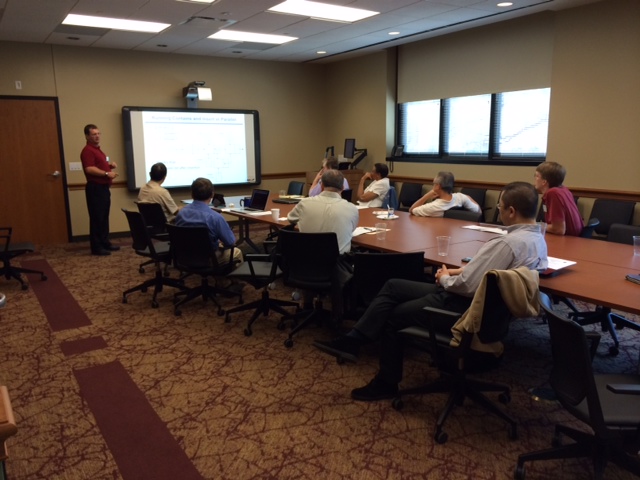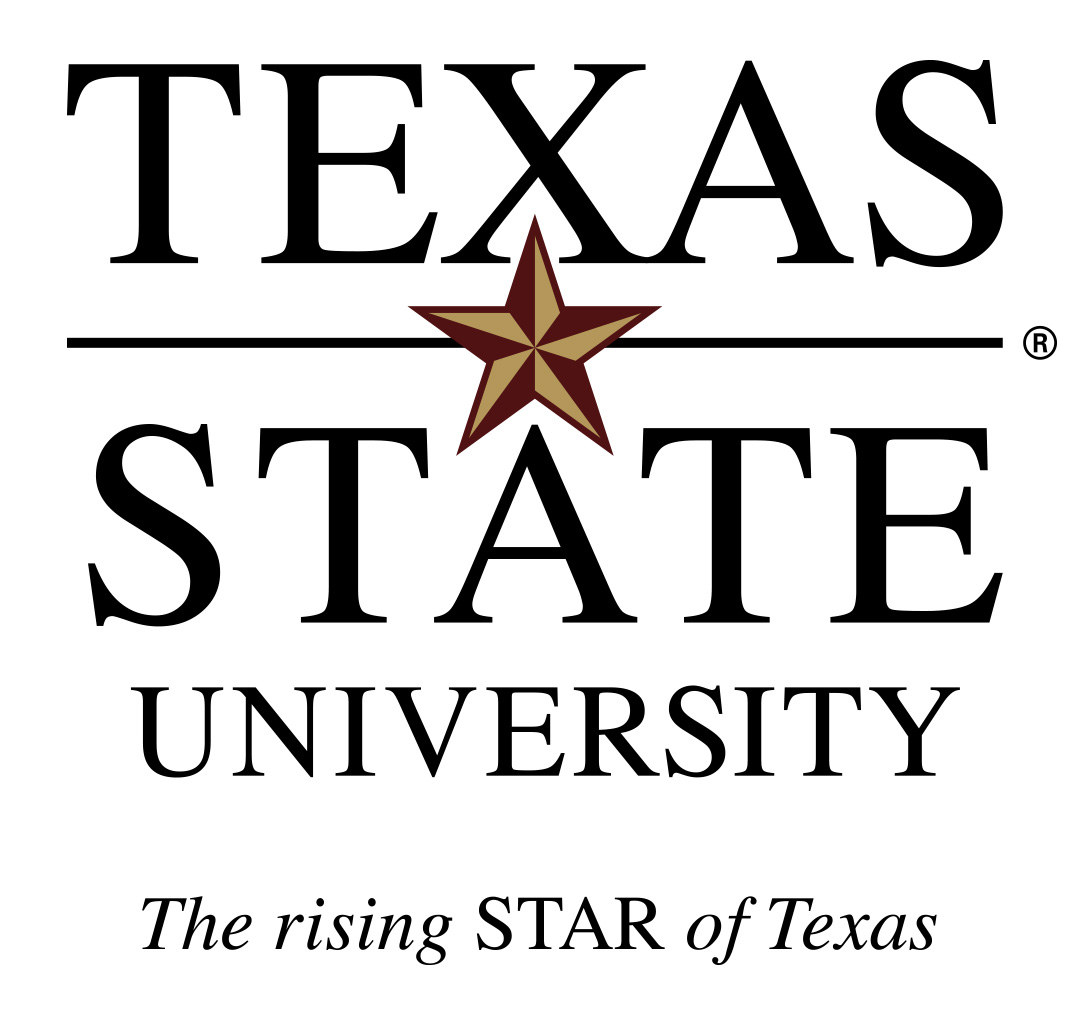Overview
The widespread deployment of multicore-based computer systems over the last decade has brought about substantial changes in the software and hardware landscape. Yet, most undergraduate computer science curricula have not embraced the pervasiveness of parallel computing. In the first years of a typical CS program, the students are exclusively trained to think and program sequentially. To address this shortcoming, we have implemented an early-and-often approach for integrating parallelism into the undergraduate curriculum at Texas State University. Under this approach, parallel computing concepts are added to existing topics and reiterated through a series of short, self-contained modules across several lower-division courses. Most of these concepts are then combined into a newly designed senior-level capstone course on multicore programming. Preliminary assessment indicates that this early-and-often approach is effective at enhancing student learning outcomes and increasing student interest and confidence.
This workshop was organized to introduce the early-and-often approach to faculty at higher education institutions in the Central Texas region. The workshop had participants from eight different institutions.
Benefits to workshop participants include- an introduction to the early-and-often approach and an overview of available teaching resources
- a hands-on tutorial on teaching specific modules in a lower-division course
- an interactive session for planning the implementation of the early-and-often approach at the participants institution
- opportunity to network with other faculty interested in integrating parallel computing at nearby institutions
- post-workshop support with the teaching of modules and curriculum enhancement
Dr. Burtscher discusses the pedagogy of teaching a parallel module in CS II



